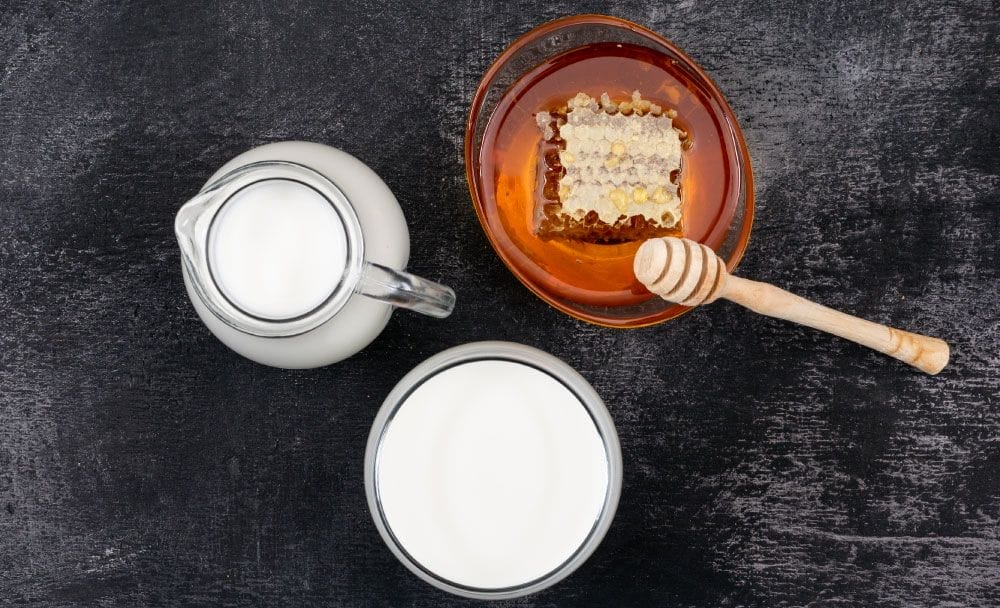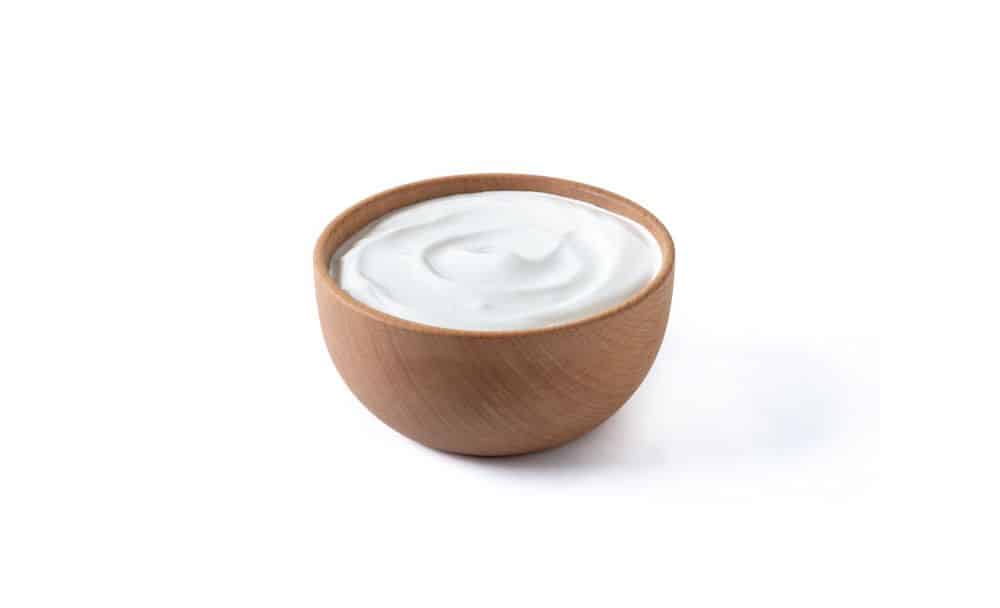
In the vast tapestry of Hindu rituals and traditions, there are certain elements that hold a sacred significance. One such revered elixir is panchamrit. Derived from the Sanskrit words “panch” meaning five and “amrit” meaning nectar, panchamrit symbolises a blend of five essential ingredients, forming a divine concoction with deep spiritual roots.
This article unravels the essence of panchamrit, delving into its significance and exploring the easy steps to create this sacred elixir. Whether you are seeking to understand the cultural significance or eager to prepare it for auspicious occasions, our guide will provide you with a comprehensive understanding of panchamrit’s essence and a simple recipe that you can follow.
What is panchamrit?
Panchamrit, often referred to as “nectar of the gods,” holds a revered position in Hindu religious ceremonies and rituals. The blend consists of five key elements: milk, curd, honey, ghee (clarified butter), and sugar. Each ingredient carries its own symbolic representation, representing different aspects of life and spirituality.
When these five ingredients are combined in specific proportions, they create a unique blend that can have profound spiritual and transformative qualities. Panchamrit is often used as an offering to deities during religious ceremonies, festivals, and rituals, and it is also consumed as a sacred prasad (blessed food) by devotees.
Panchamrit and Ayurveda
Panchamrit holds spiritual significance and aligns with the principles of Ayurveda. According to Ayurveda, panchamrit is a potent elixir that nourishes the body, balances doshas (energetic forces), and promotes overall well-being. Each ingredient in panchamrit carries specific properties and contributes to the following therapeutic value: [1]
- Milk
Provides essential nutrients and promotes strength.
- Curd
Aids digestion and enhances gut health due to its probiotic content.
- Honey
Acts as a natural sweetener and possesses antibacterial properties, boosting immunity and soothing the throat.
- Ghee
Has rejuvenating and anti-inflammatory properties, supports digestion, lubricates joints, and enhances mental clarity.
- Sugar
Provides instant energy and acts as a natural preservative.
Panchamrit Ingredients
Here’s a list of ingredients you will need to make panchamrit:
- Milk
- Curd
- Honey
- Ghee (Clarified Butter)
- Sugar
How to make panchamrit?
Here’s a step-by-step process of how you can make panchamrit recipe:
- Step 1
Begin with fresh and pure cow’s milk, preferably full-fat, as it represents purity and spiritual growth. The richness of milk adds a creamy texture to panchamrit, infusing it with a comforting and nourishing essence.
- Step 2
Add fresh and homemade curd, which signifies strength and stability. Curd brings a tangy note to the blend, balancing the sweetness of other ingredients and enhancing the overall taste.

- Step 3
Incorporate pure and organic honey, known for its sweetness and therapeutic properties. Its natural sweetness adds a delightful touch, elevating the flavor profile.
- Step 4
Include a spoonful of ghee, revered for its purifying and nourishing qualities. Use homemade ghee or high-quality store-bought ghee to maintain its authentic essence. Ghee imparts a rich and smooth texture, enriching it with a subtle nutty flavor.
- Step 5
Complete the blend with a small amount of sugar, representing joy and happiness. The sweetness of sugar balances the tanginess of curd and adds a pleasant taste.
Tips to keep in mind
It is essential to approach the process with care and reverence. Here are some helpful tips to keep in mind to ensure a successful preparation:
- Freshness is key
Use fresh and high-quality ingredients to maintain the purity and authenticity of panchamrit. Opt for fresh cow’s milk, homemade curd, pure honey, and good-quality ghee and sugar. Fresh ingredients contribute to the overall taste and spiritual essence of the blend.
- Maintain cleanliness
Before you begin, ensure that your hands and utensils are clean. It helps maintain the sanctity of the preparation process and ensures hygiene. Use stainless steel or glass containers for mixing and storing panchamrit, as they are considered pure and non-reactive.
- Proportions and consistency
Pay attention to the proportions of each ingredient to achieve the desired taste and texture. Generally, a common ratio is equal parts of milk and curd, followed by smaller quantities of honey, ghee, and sugar. Adjust the proportions according to your preference, but maintain a harmonious balance of flavors.
- Stir with focused mind
As you mix the ingredients, do so with a focused mind. It will help maintain the sanctity of panchamrit.
- Temperature considerations
Serve panchamrit chilled or at room temperature, according to personal preference and the occasion. If you prefer a chilled version, refrigerate it for a few hours before serving. However, ensure that the ingredients are at room temperature when mixing them to prevent curdling.
- Storage and shelf life
Panchamrit can be stored in a clean, airtight container in the refrigerator for a day or two. However, it is best to consume it fresh for the fullest experience. Remember to offer it as prasad (blessed food) or use it within a reasonable time to maintain its freshness and spiritual sanctity.
FAQs on Panchamrit
1. What is Panchamrit made of?
Panchamrit is made of five key ingredients: milk, curd, honey, ghee (clarified butter), and sugar.
2. What are the 5 ingredients in Panchamrit?
The five ingredients in panchamrit are milk, curd, honey, ghee (clarified butter), and sugar.
3. What is Panchamrutham in English?
Panchamrutham is the English transliteration of the term “panchamrit.” It refers to the divine nectar made from milk, curd, honey, ghee (clarified butter), and sugar.
4. What is the difference between Panchamrit and Charanamrit?
Panchamrit and Charanamrit are similar in nature, as they both consist of a mixture of ingredients used in religious rituals. However, there is a slight difference between the two. Panchamrit refers to the blend of five ingredients (milk, curd, honey, ghee, and sugar) used in Hindu rituals, while Charanamrit specifically refers to the sacred water that is offered as a prasad (blessed food) after being used to wash the feet of deities or revered individuals.
Conclusion
Whether you are a seeker of spiritual enlightenment or someone interested in experiencing the rich cultural heritage of Hindu traditions, panchamrit offers a gateway to explore the depths of ancient wisdom and divine connection. Let its sweet and tangy flavors enthrall your senses and its symbolism touch your soul. So, embrace the art of making panchamrit, infuse it with reverence, and witness how this divine elixir nurtures not just the body, but also the mind and spirit.


















